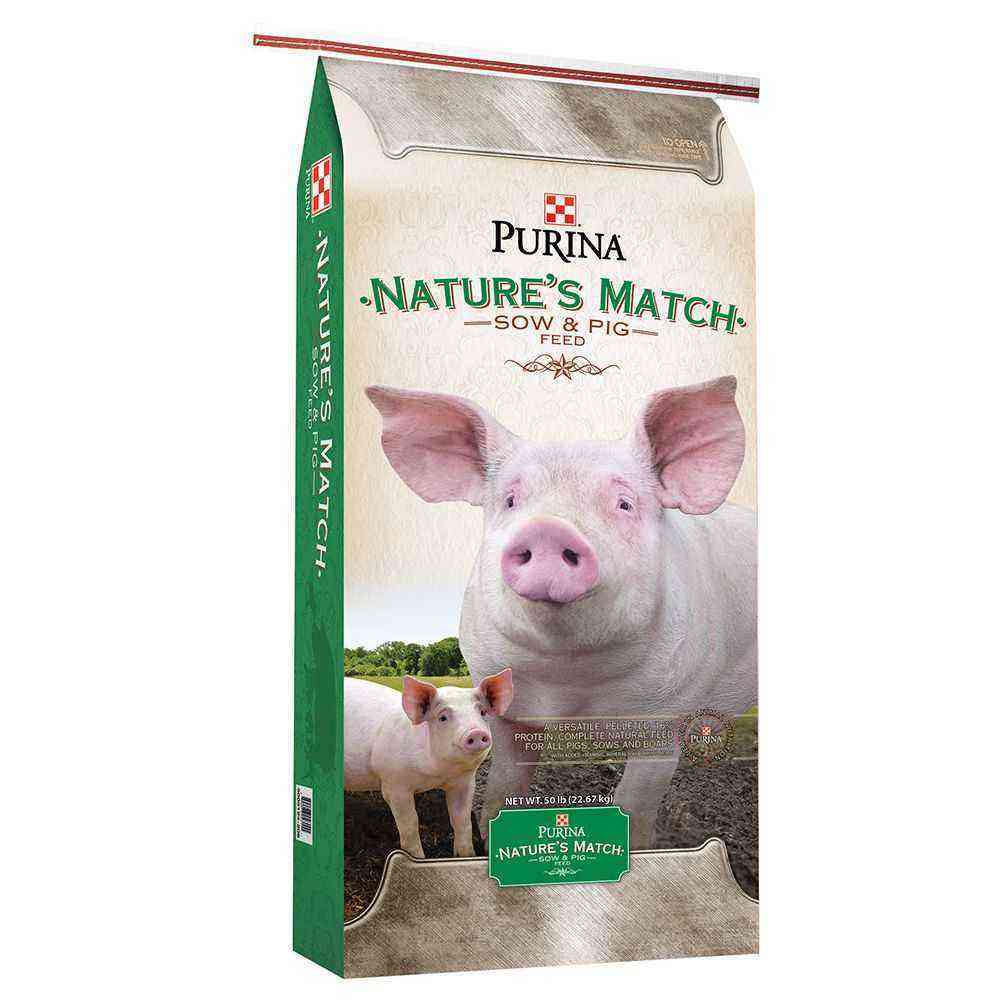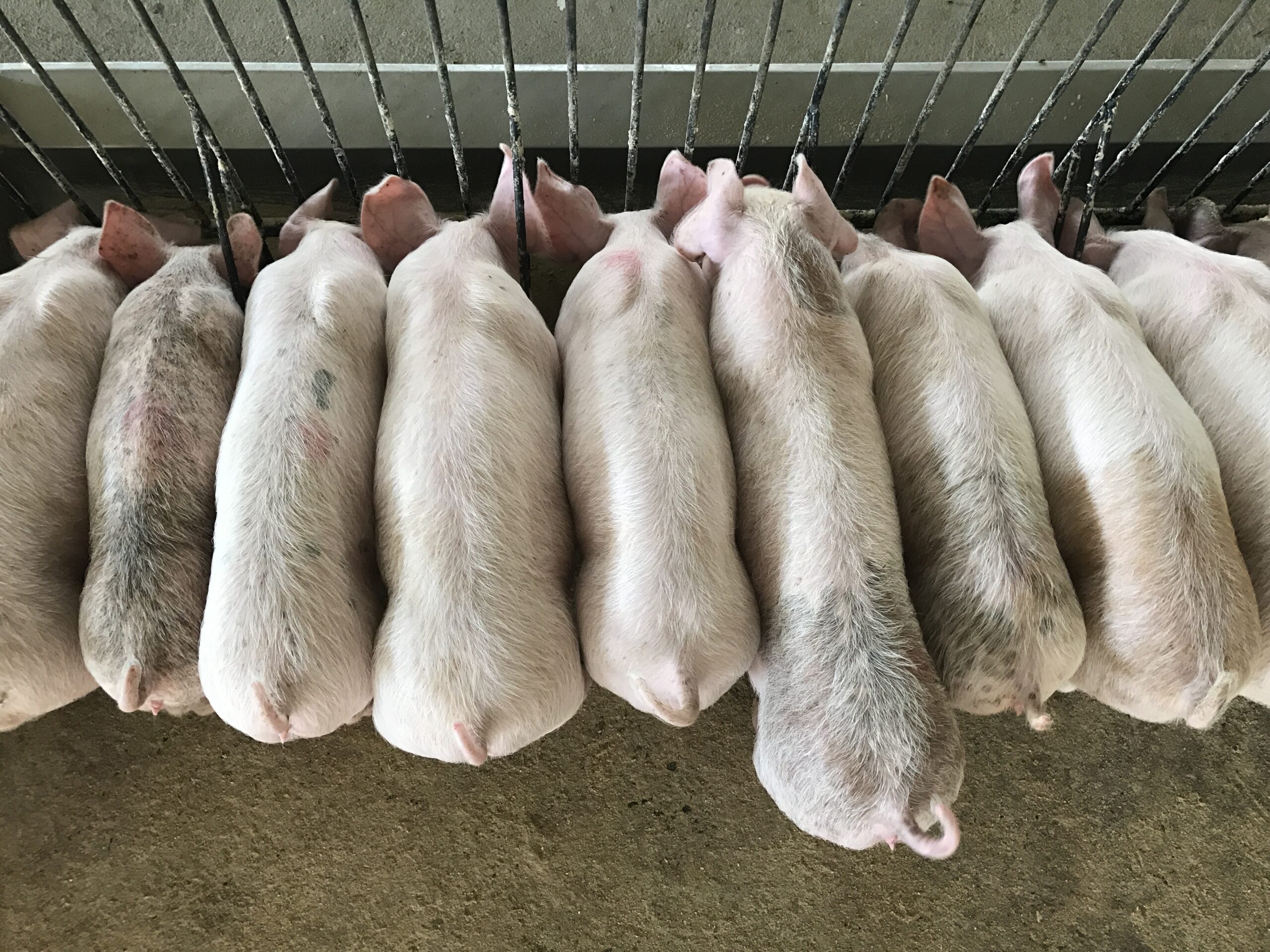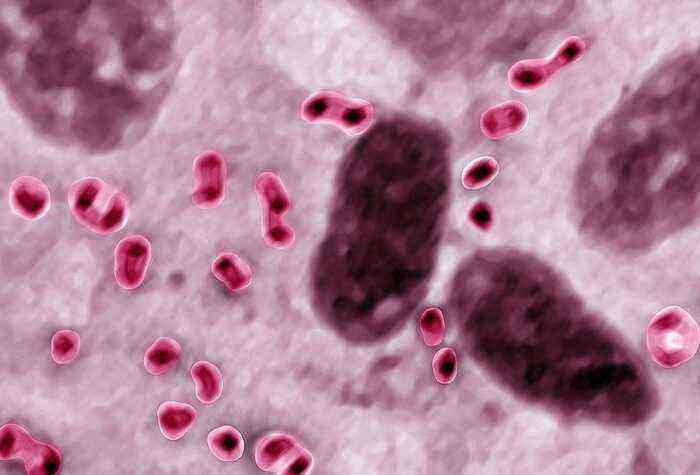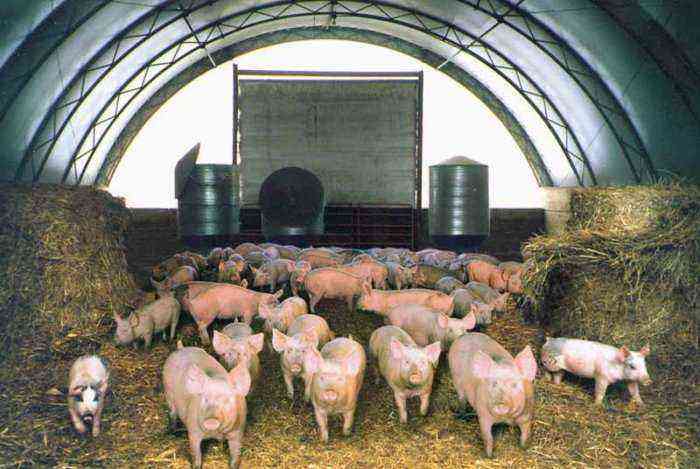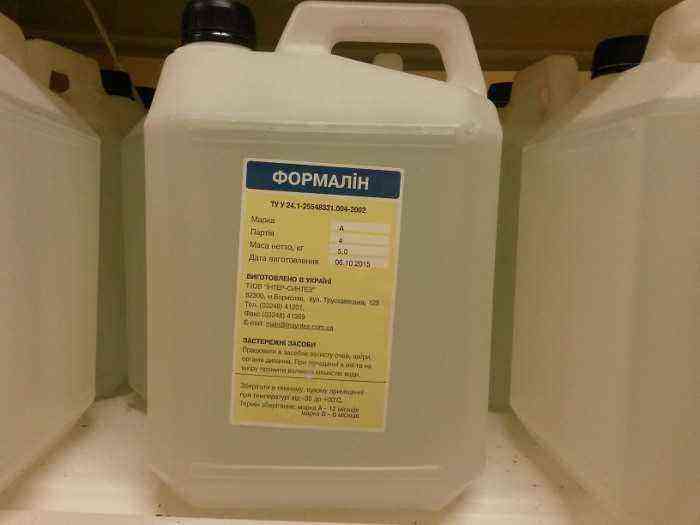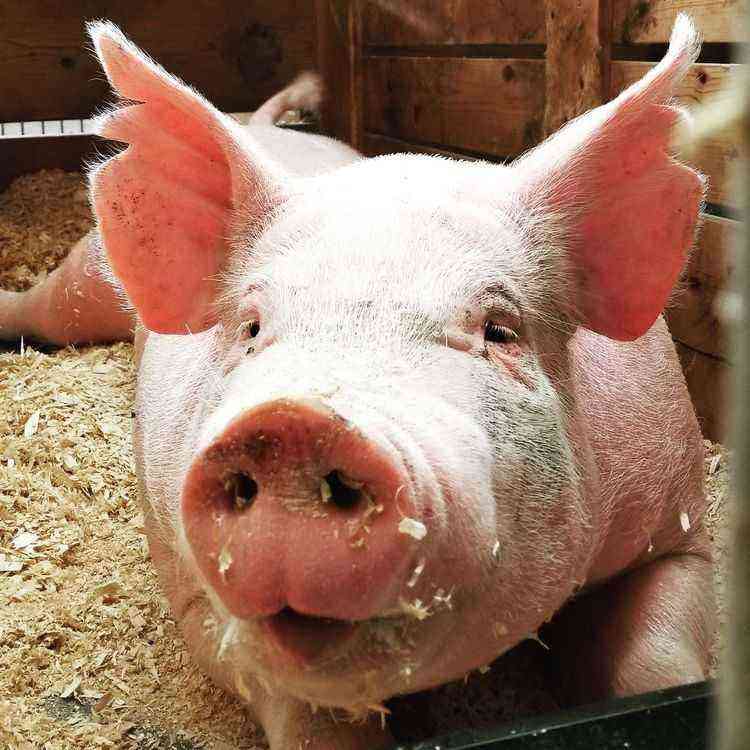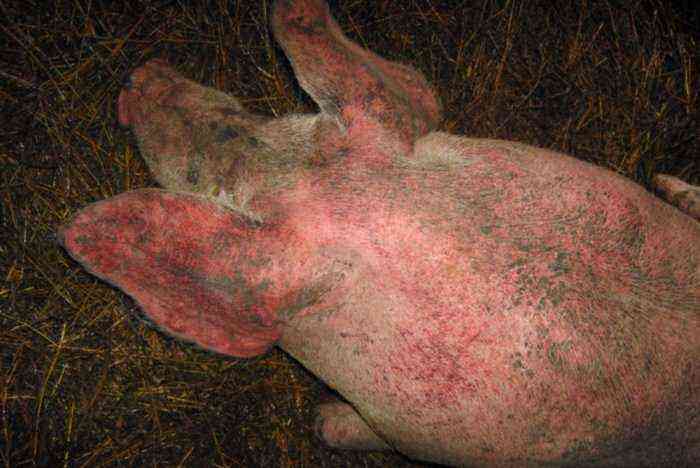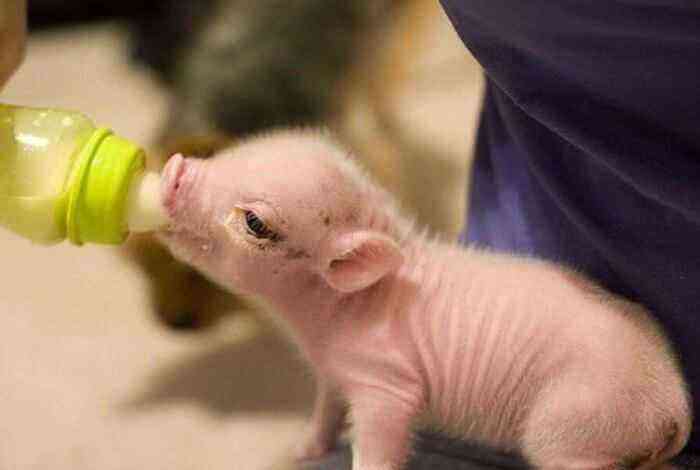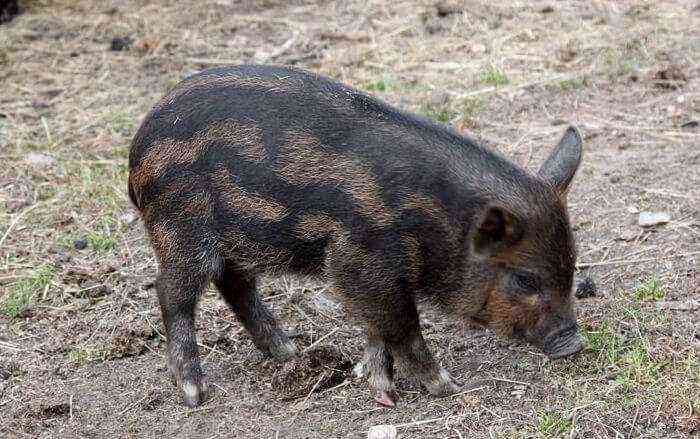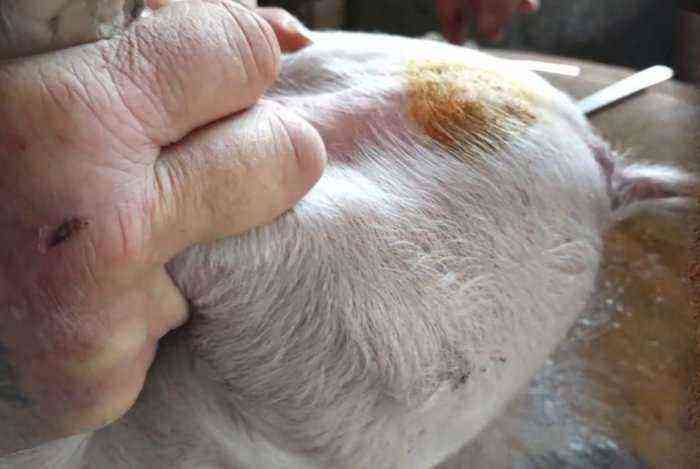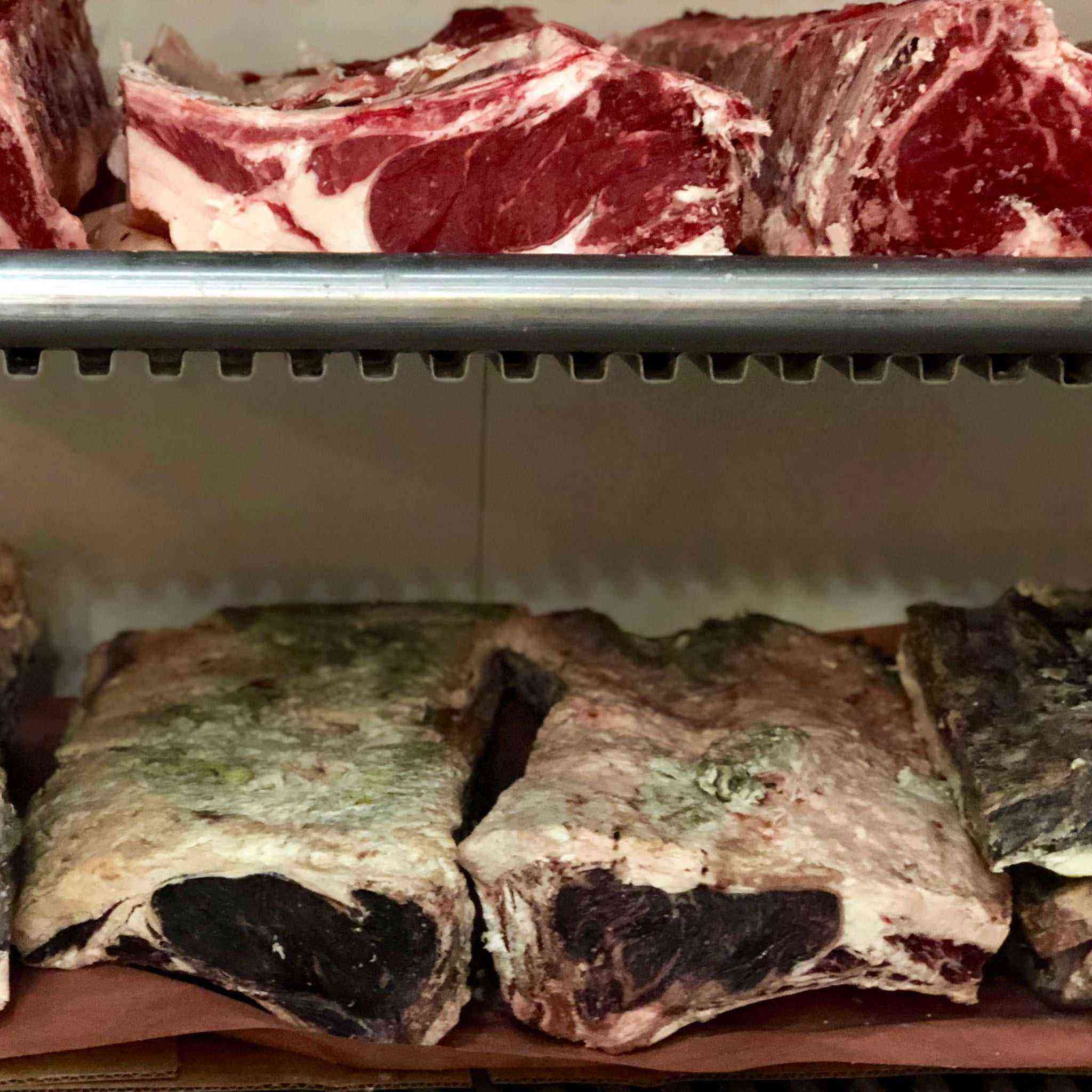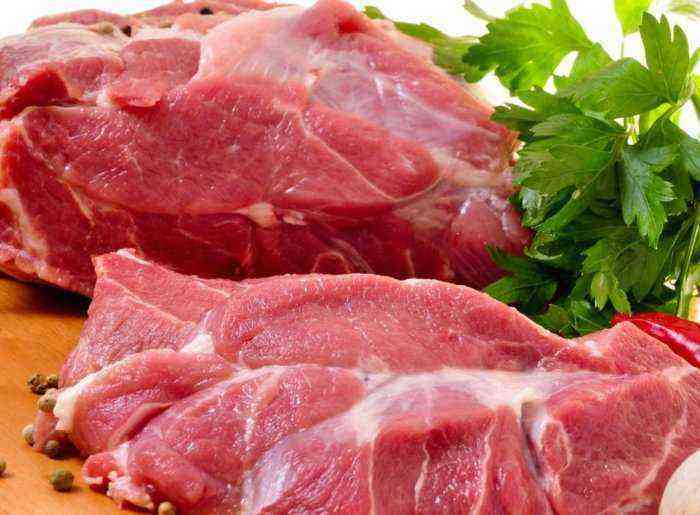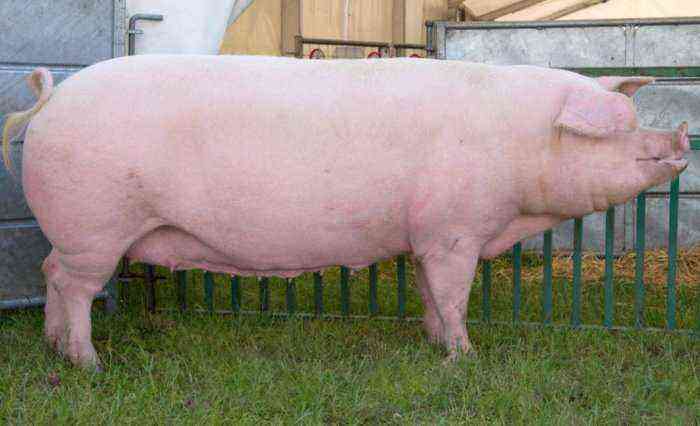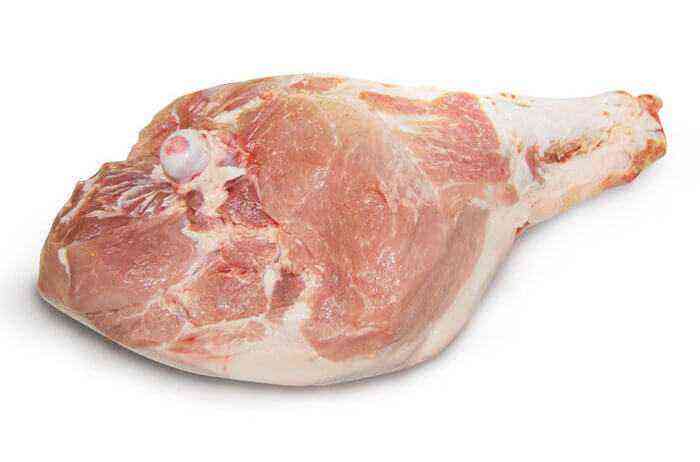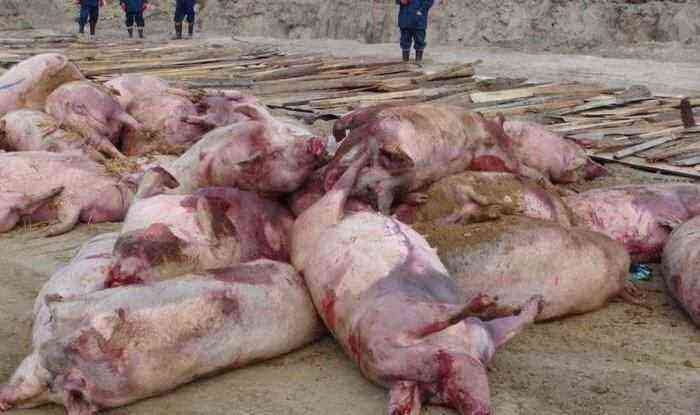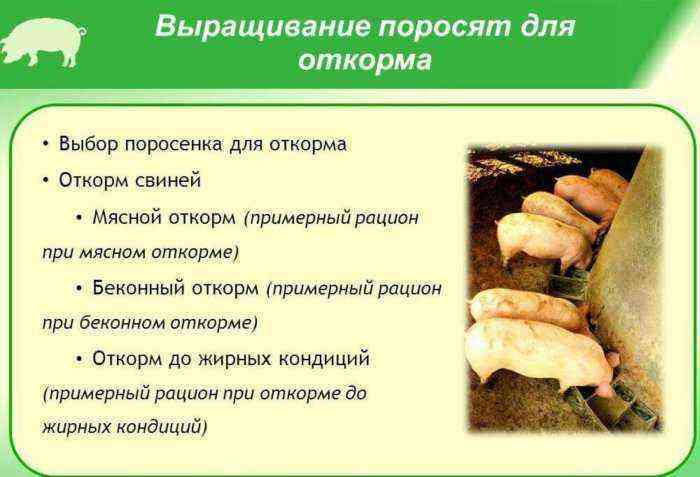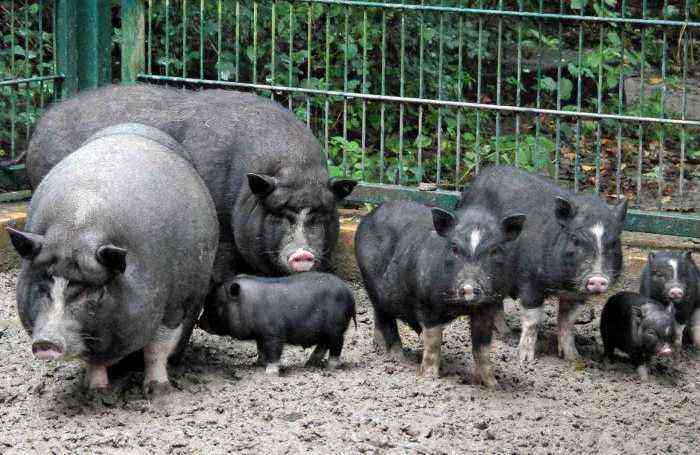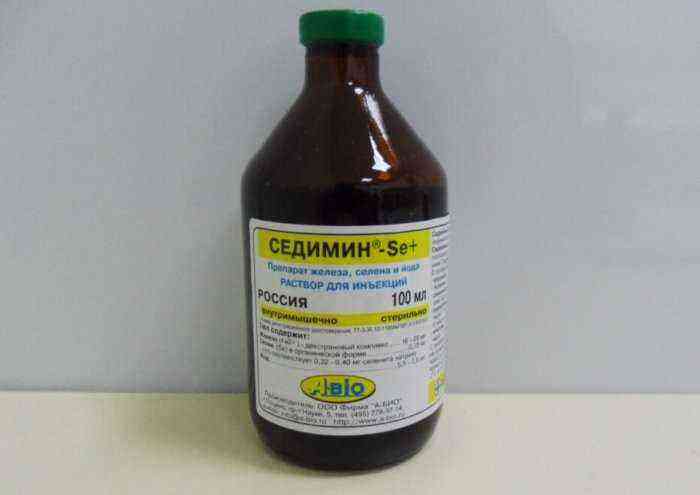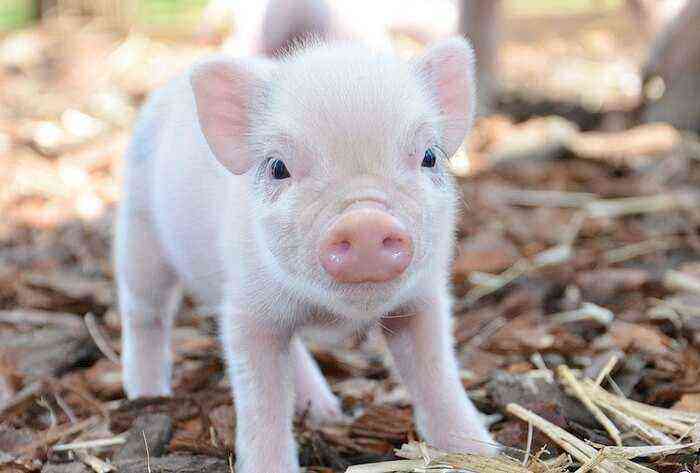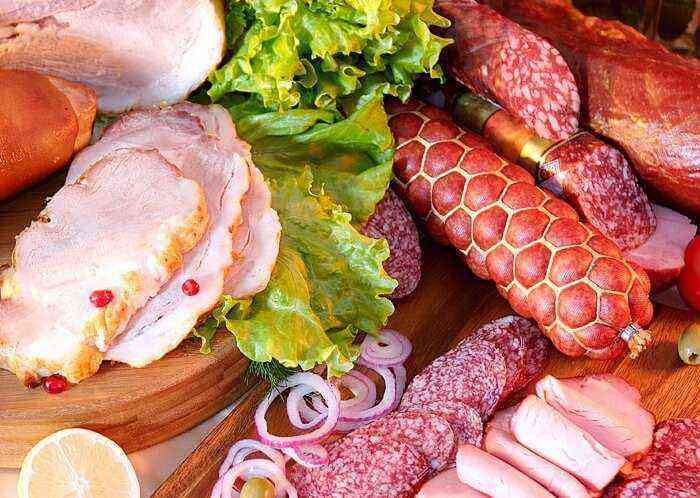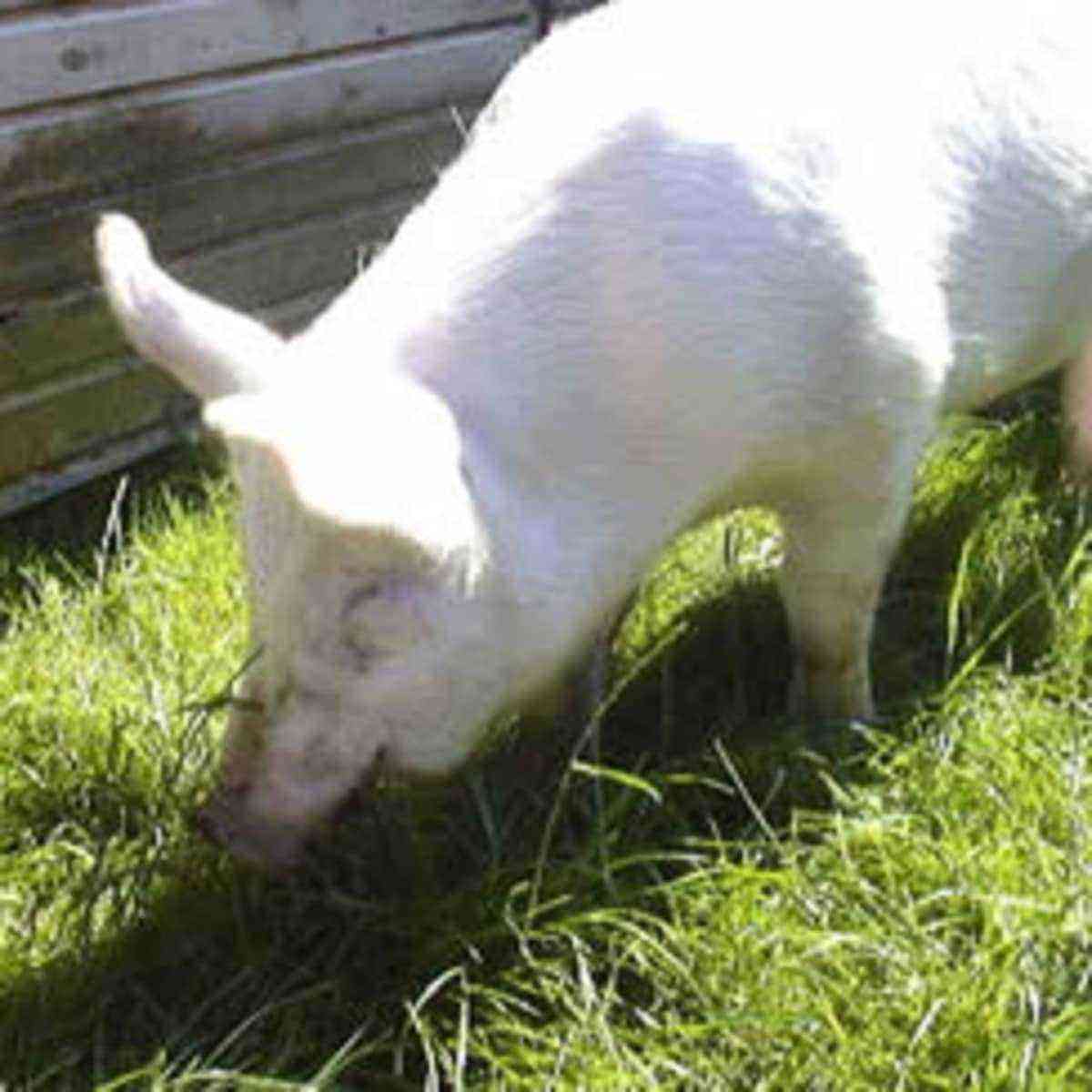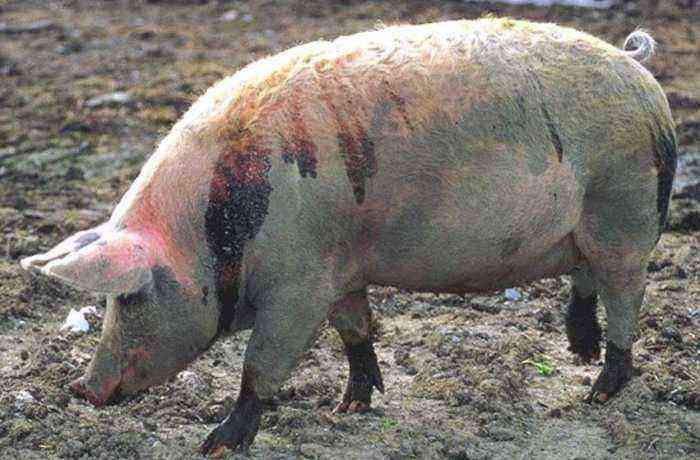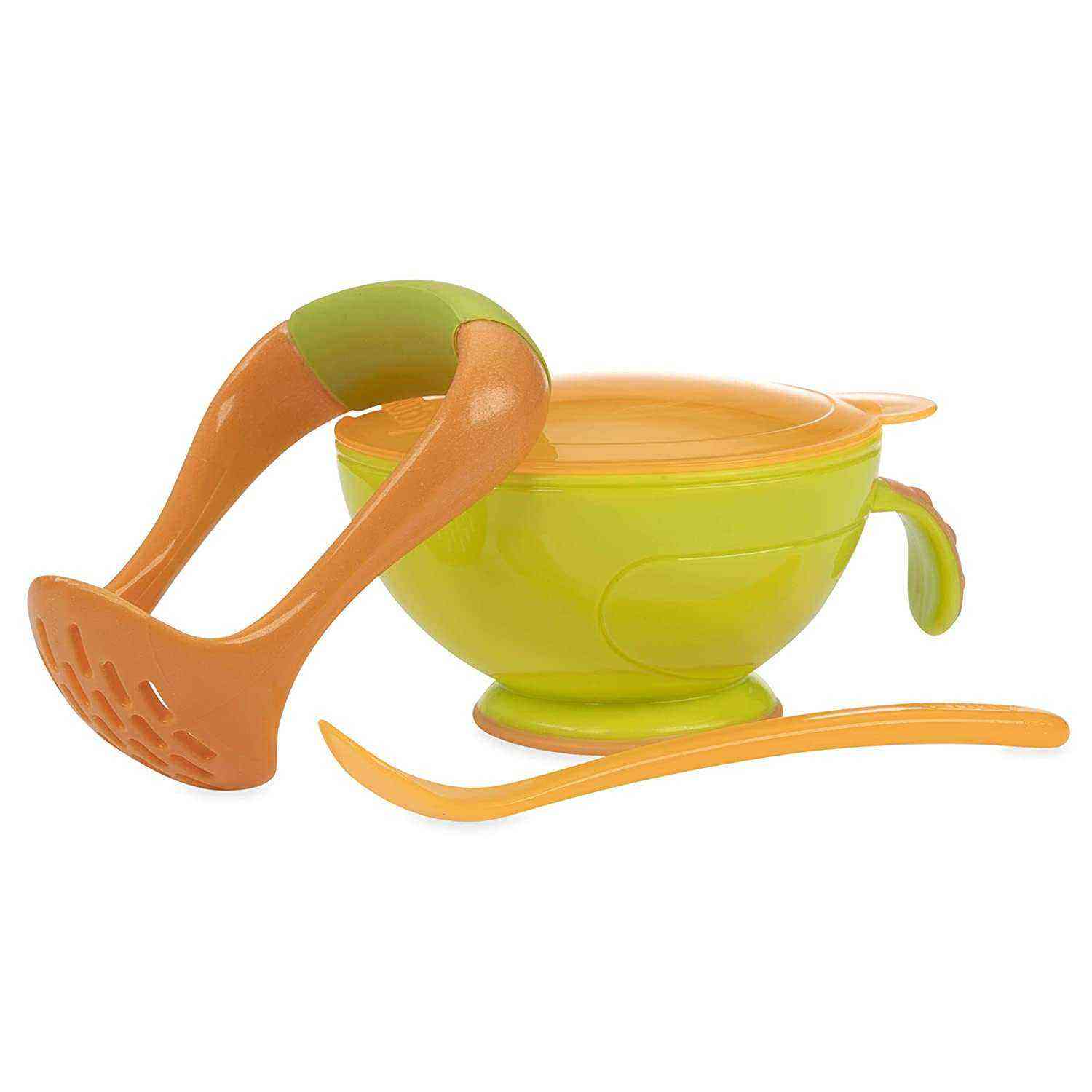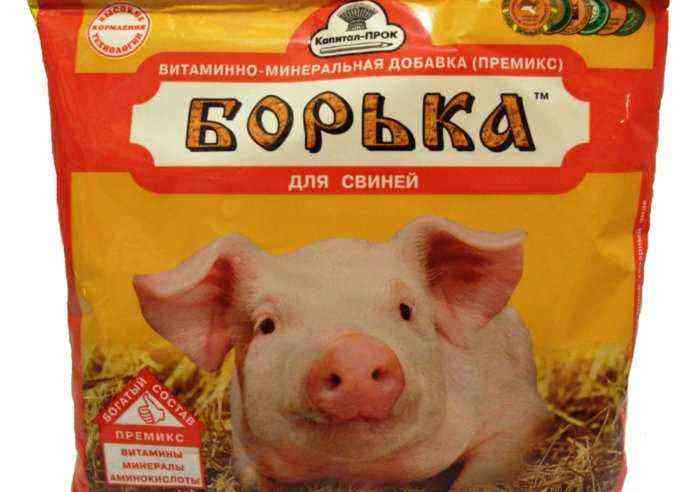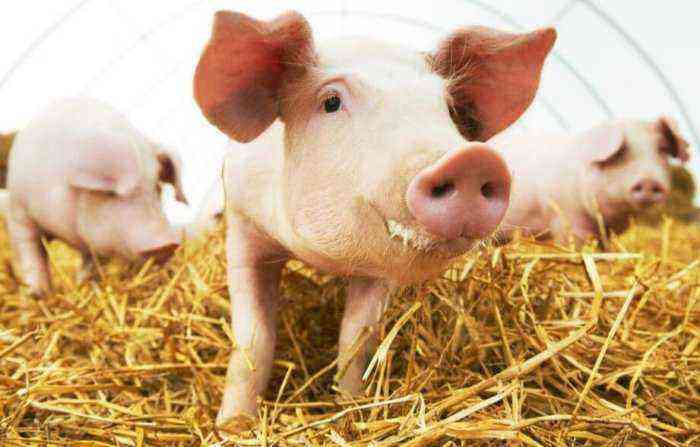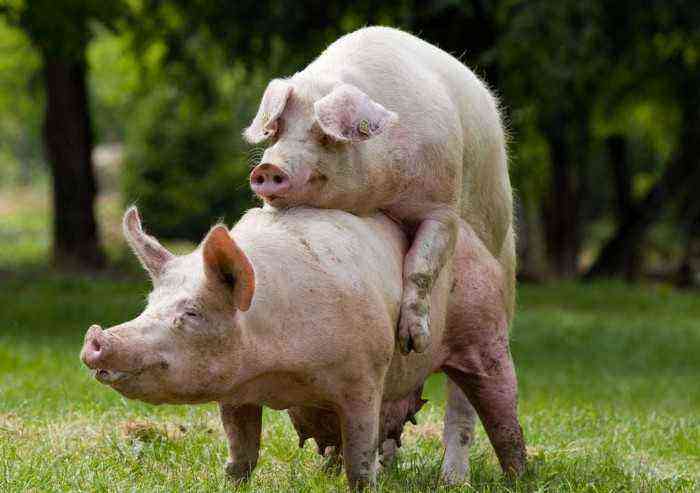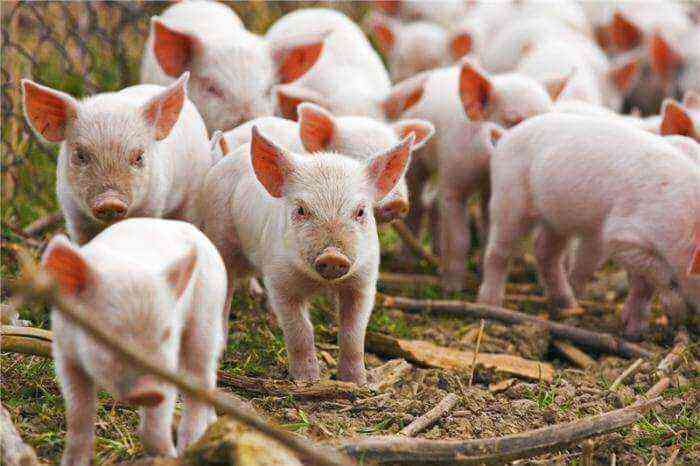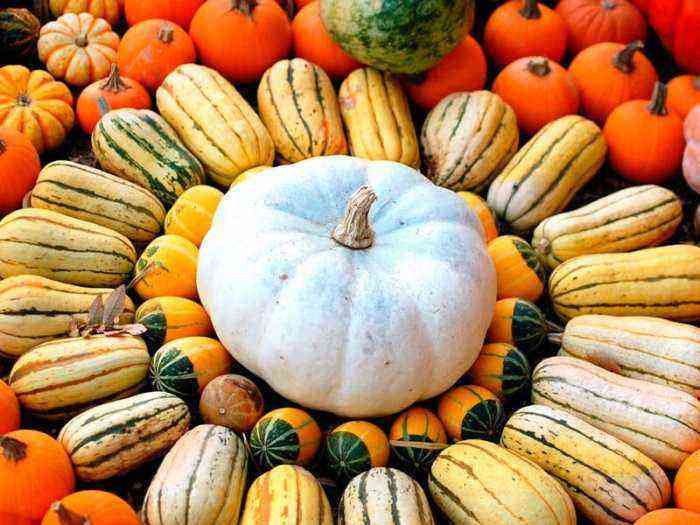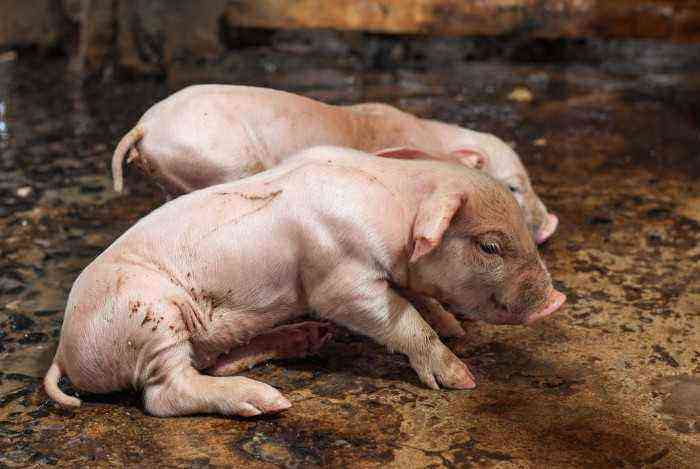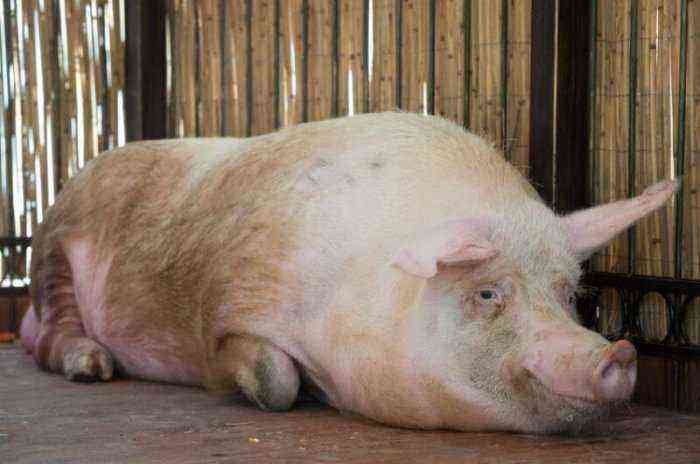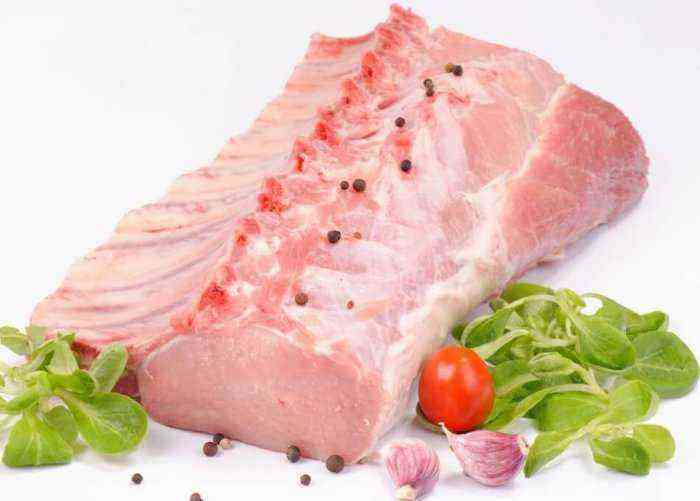If you decide to get pigs, you should always remember that feeding young pigs, like any other domestic animal, seriously affects the health, growth and development of the wards. The body of a piglet is not a bucket for food waste, so you need to carefully approach the diet, norms, diet, on which, as a result, the quality of the final product depends, on which long-term painstaking work was carried out.
Feeding piglets
Types of feed
Since pigs have a single-chamber stomach, it is easier for them to digest concentrated feeds, and feeds rich in fiber are digested more slowly. The degree of deliciousness of the meat product depends entirely on the quality of the feed.
Hence the division of all feeds into 3 conditional groups:
- These feeds are recommended if you plan to raise an animal for the production of high-quality meat products: pea kernels, millet, barley, rye, carrots, beets, zucchini, potatoes, grass, legume flour, meat production waste. This nutrition allows you to make the fattening of pigs effective, since all the feeds of this group contribute to rapid growth, the meat is tastier, and the fat is denser and grainier.
- These are less suitable and useful feeds: bran from rye and wheat, corn, buckwheat. Their permissible content in the pig diet is no more than half of the total feed mass.
- These feeds negatively respond to the final result: oats, soybeans, cake.
Important! To avoid their harmful effects, after the pig reaches a weight of 60 kg, they are categorically excluded from the feed.
The diet of animals is adjusted 2 months before slaughter. The products of the 3rd group are replaced by the food of the 1st group.
Combined feed for pigs is offered in a slightly moistened or dry form. Before use, root crops and vegetables are washed and steamed, and the greens are thoroughly chopped after washing.
There are 3 types of nutrition for piglets:
- wet (traditional at home);
- liquid;
- dry.
Wet
Economical option. In the conditions of a large farm, it is very laborious, suitable for the household. Such a diet consists of porridge and a mixture of greens, boiled potatoes and vegetables. It is advisable to use human food waste, corn, fish oil, barley cake, wheat, bran. Dishes are prepared in advance.
It is necessary to remove spoiled or half-eaten food from the feeder in a timely manner. The advantage of this type of food is that such feed is more natural for animal nutrition and almost all ingredients can be grown in your household, which significantly saves money, and the minus is that the labor-intensive process of preparing cereals and mash is not suitable for a large number of livestock.
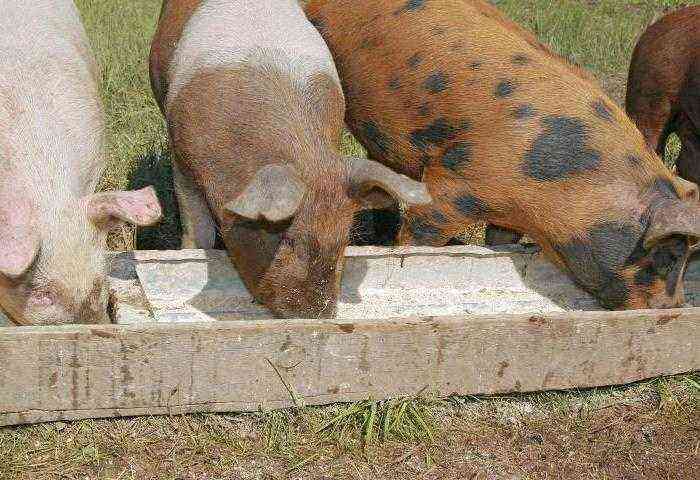
Wet type of feeding
Liquid
The type of feeding is based on the direct personal preparation of feed. With liquid feeding, liquid kitchen waste (without chemicals) and yogurt are used in the feed mixture. The liquid type of feeding is beneficial for pig breeders who have greens and succulent feeds on their subsidiary plots, as well as enough liquid food waste.
Dry
The option is unique and suitable for individuals at any period of their life. The dry type involves the use of ready-made experimentally obtained feeds that are enriched with essential trace elements and vitamins. Such feeding of animals saves time: it is only necessary to ensure the presence of enrichment mixtures of biologically active substances (premixes) in the feeder, and clean water in the drinker.
Important! If pigs are fed dry feed, they must have constant access to fresh water.
For the household, the method is also less troublesome and time-consuming: you need to grind the grains in advance, mix them with other ingredients, add premixes and spread out the norms for the animals in the feeders.
Each grain has its own nutritional value, so you should include 2-3 varieties of grains in the ration, which will help to make the feed more balanced.
Pros:
- manure from animals that are on dry food has no pungent odor and is suitable for use in the garden after 12 months;
- pigs on such feed are actively growing and gaining weight well;
- saves animals from problems with the digestive system;
- no spoilage and acidification of food residues in the feeders;
- This food provides a balanced diet.
Feeding rates
Ad-libitum feeding technology is used for small pigs and allows them to eat at any time they want. With such feeding, the dishes from which the babies eat are cleaned 2 times a week from lumps of leftover food.
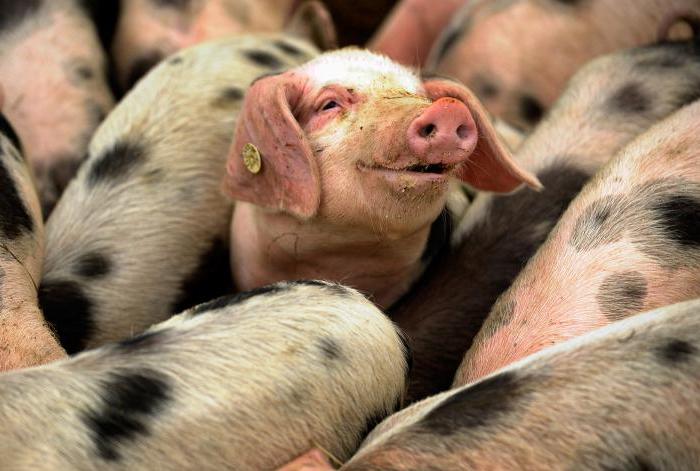
Normalized feeding
Standardized feeding. Piglets are allowed to eat several times a day. The volume of food should allow the feeders to empty 2 hours before a new portion is offered. This type of feeding is used for growing domestic animals, sows.
Restricted – used for fattening piglets when lean meat is required as a result and for gestating piglets to prevent obesity. The bottom line is: give the pigs food a little less than they can eat. There are two approaches here: either cut the amount of food, or reduce the calorie content of the feed, giving the individuals roughage.
There is a difference not only in the modes of feeding animals, but also in the systematization of meals.
Important! It is advisable to offer food to pigs at the same time, and the number of feedings should be varied based on the age of the animals.
Pregnant pigs must be fed with roughage included in the diet. One feeding per day is enough.
Sows are fed twice a day.
Piglets taken from the sow need to be fed at least 3 times a day. A similar regime is being developed for piglets that are fattening or rearing.
Diet in different months of life
In summer, grazing in the meadow for domestic animals is required. Pigs need to be provided with green fodder, so if grazing is not possible, grass should be brought to the pen. The animal loves dried, fresh grass, garden tops. The best feeds are peas, alfalfa, legumes, clover.
Juicy vegetables and fruits are added to the main dry food. Pigs eat even carrion of fruit trees. The winter period passes without fresh greens, so the basis of feeding is dry types of food: hay, cake, beet chips.
The basis of the diet is concentrated feed (1,5 kg per individual). The menu includes silage, dry biofeed and yeast.
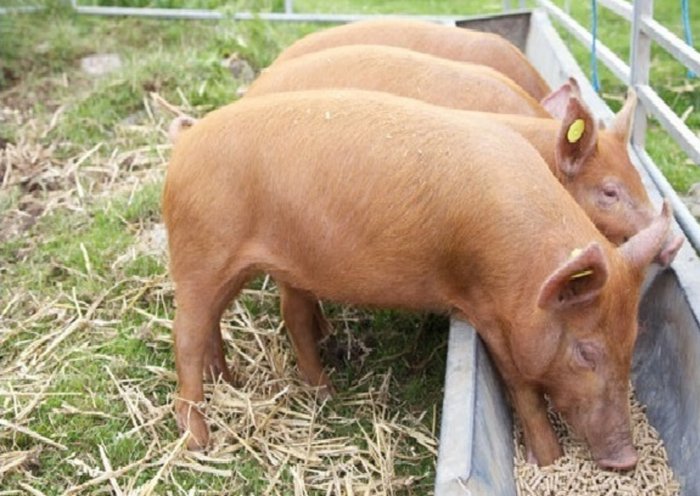
Dry biofeed
What should not be fed to piglets?
Be careful when feeding animals with green salads – some plants contain harmful substances that cause poisoning of monthly piglets (horse fennel, spurge, caustic buttercup, black nightshade, dog parsley).
Under the ban, food with obvious signs of mold, fungal infection or the presence of parasites (food must be destroyed).
Carefully prepare (steam, treat with alkali) oilcake from castor beans and cottonseed for feeding, as they contain a poisonous alkaloid (gossypol).
Boiled beets should not be left in hot water for a long time, as it can cause poisoning.
Do not give sprouted potatoes – you need to remove the sprouts, and discard the green tubers. Do not drink water in which potatoes were boiled.
Important! Banned: citrus fruits, bananas, tea leaves, coffee grounds, bay leaf.
Fattening
Animals of different ages need to be fed differently.
Growing
At the stage from 2,5 to 4 months, there is an intensive growth of muscle mass, which requires a balanced diet and suitable conditions. The progressive growth of piglets is provided by thick nutritious cereals (oatmeal, pea, barley), kitchen waste, vegetable cleanings and dairy products.

Suitable oatmeal
Young pigs also need juicy food: potatoes, carrots, grass, tops from the garden. In the cold season, rot, chaff, silage and all kinds of vegetables are used as additives on a double scale.
suckling pigs
Newborn piglets in the first days of their lives are able to digest only mother’s milk. This is due to the fact that babies from birth have an inferior digestive system. By gradually introducing concentrates into the diet of individuals, the gastrointestinal tract apparatus improves itself. What helps pigs in the future to eat more feed, and therefore grow faster.
Piglets are allowed to the mother 1-1,5 hours after birth and are fixed behind the nipple. During the first 10 days, babies are given colostrum, which has an invaluable benefit to the immunity of animals.
On the 5th-7th day, suckling piglets begin to introduce complementary foods in the form of skimmed or whole cow’s milk (it is most similar to pork). This is especially necessary if the sows have insufficient lactation – then the babies do not have enough food. Cow’s milk is added to piglets gradually and little by little – 3-4 times a day, 25-30 grams per individual. The product must be fresh and at room temperature. Sour milk can cause distress in piglets.
With good lactation in nursing pigs, babies are difficult to force to eat cow’s milk. Therefore, they are taught to do this by lowering the stigma into a container of food. By licking the milk from their muzzles, the piglets adapt to the cow’s drink and begin to eat it themselves. Milk should be exclusively steamed, acidophilic yogurt is also allowed for consumption. After feeding, it is mandatory to wash the dishes. To feed one individual before weaning, 5-6 liters of milk are spent.
On the 15-20th day, reverse is introduced into the menu of babies and continues to give it until weaning from the mother. During the suckling stage, up to 15-25 kg of skimmed milk goes to one individual. At first, it is given at 100-150 grams, closer to the time of weaning from the mother – at 700-1000 grams per day. Piglets are fed warm and fresh skimmed milk, sometimes in the form of acidophilus.
Piglets also need feed mixtures that are fed dry or steamed. Cooked porridge is flavored with milk or skim milk and given to young animals. Dry concentrate requires grinding and removing the tares from oats and barley. With this method of fattening, a container of water should always be present in the feed compartment. The dry method is more preferable than fattening with porridge or wet mixtures, since the latter are perishable and can provoke intestinal disorders in individuals.
For full-fledged fattening and rearing of young animals, succulent feed is required, to which animals must be accustomed from an early age. From the 8-10th day, suckers can be introduced boiled potatoes. It is kneaded to a puree state, milk is introduced there and mixed well. From 10-12 days, the animals begin to give mashed raw root crops. Over time, they are mixed together with milk and concentrated feed.
As an additive to the feed, babies are given ground dust and hay.
In the warm season, the cubs are taught to eat green food: clover, beet and carrot tops, etc. At first, the greens are ground with a meat grinder. Subsequently, the young animals, together with their mother, are released into the walking yard (only from 5 days old) several times a day. This provides the cubs with healthy mineral supplements and natural vitamins.
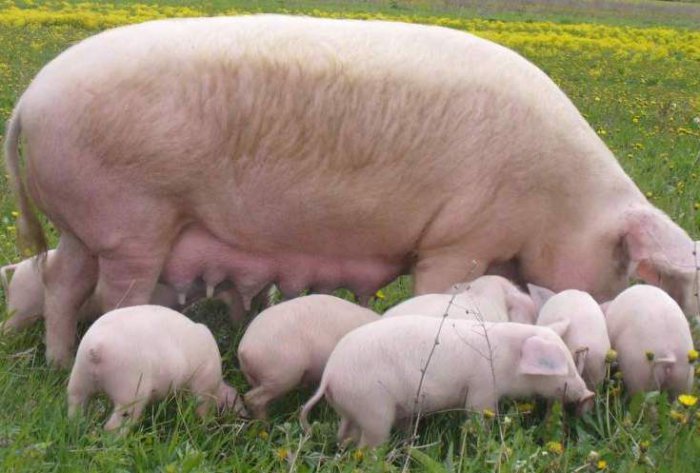
Young growth together with mother let out on a walking yard
Sows
Controlling the feeding of females is especially important during the gestation period, which lasts almost four months. During the pregnancy of females, all the necessary elements and nutrients should be present in their diet, especially the growing fetus needs proteins, calcium and phosphorus.
For the necessary feeling of satiety, the animal needs a certain amount of fiber, otherwise the pregnant individual will be in constant stress due to lack of food and a hungry feeling. In the second half of pregnancy, the female needs more highly nutritious feed for the successful development of the fetus and increased lactation.
General rules for fattening piglets
Ideally, piglets should be fed at the same time each day so that they become accustomed to the diet. With such a system, the kids have time to get hungry and eat exactly their allocated norm. An uncontrolled diet leads to indigestion when individuals overeat. Bottom line: little piglets need to be given food at strictly defined hours.
It is better to give food to animals in parts so that it does not stand in the feeders. Otherwise, their appetite decreases, the process of fat buildup slows down.
A bowl of water should always be freely available to animals.
Leftover food must be removed immediately. Never give half-eaten food together with fresh food at the next feeding.
Food bowls should be washed well every time, at least once in 7 days be scalded with boiling water. Hygiene rules are especially important when fattening young animals; small individuals are more susceptible to infectious sores than others.
Feeding gilts is best done in accordance with the recommendations of pig nutritionists. If rational advice is not taken into account, this will lead to unjustified material costs, stagnation in the growth of production indicators, and obtaining a low-quality meat product. Fattening pigs according to the rules will enrich the human diet with healthy and tasty meat delicacies.
